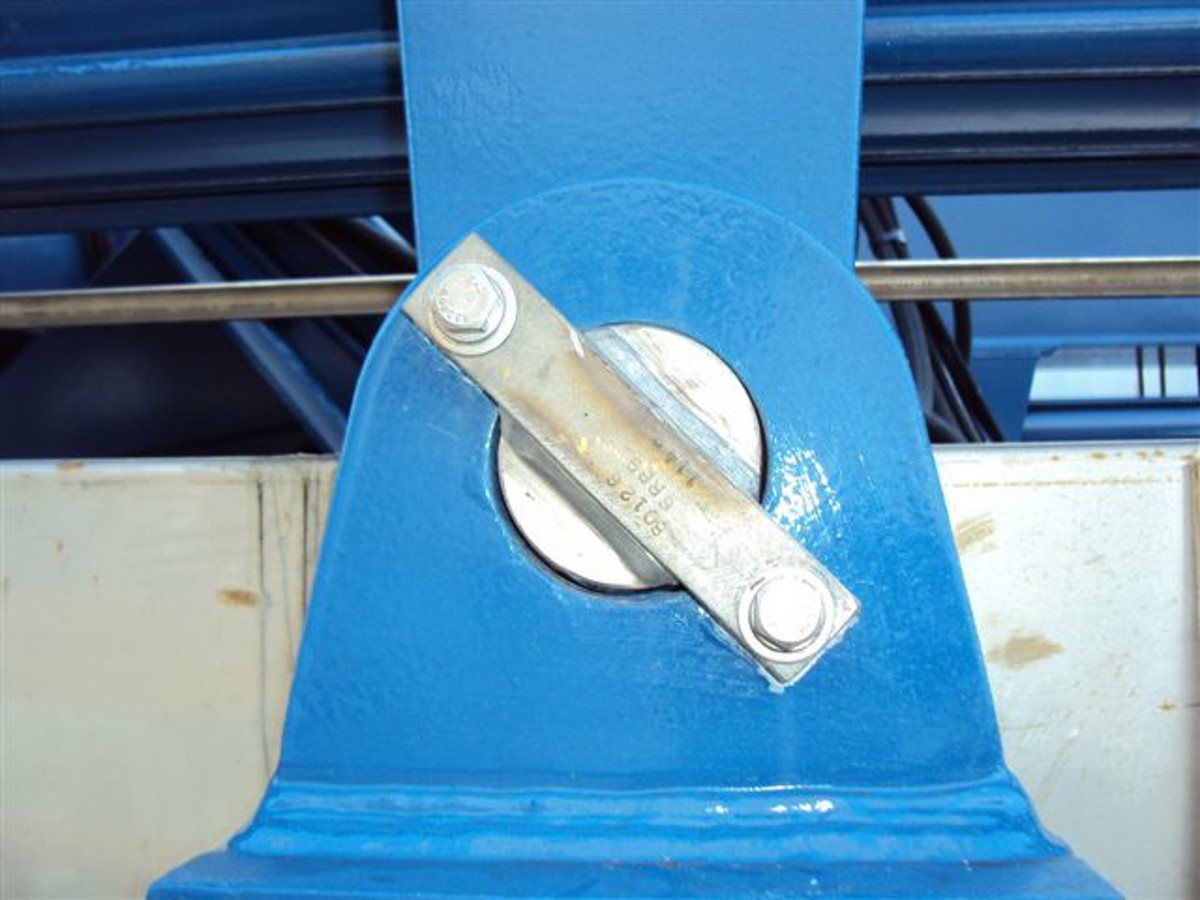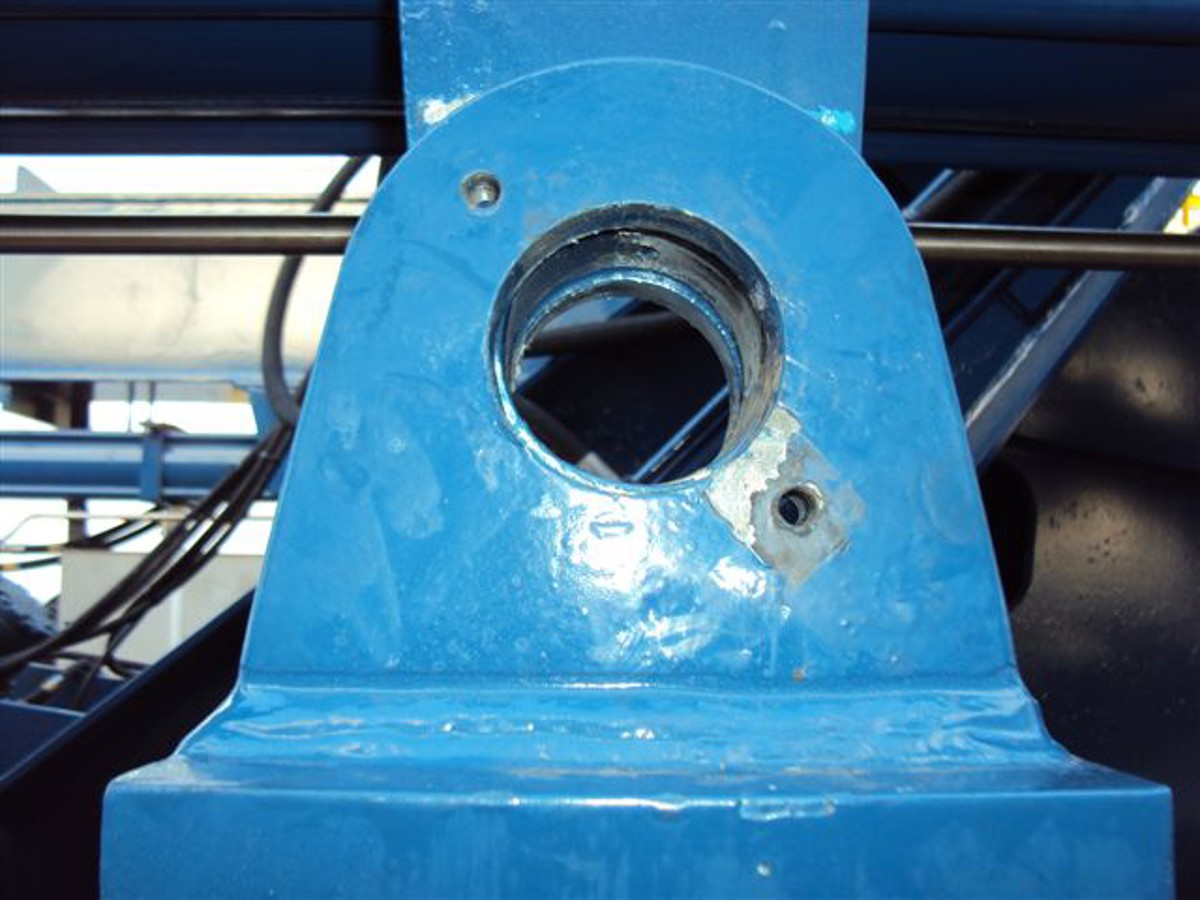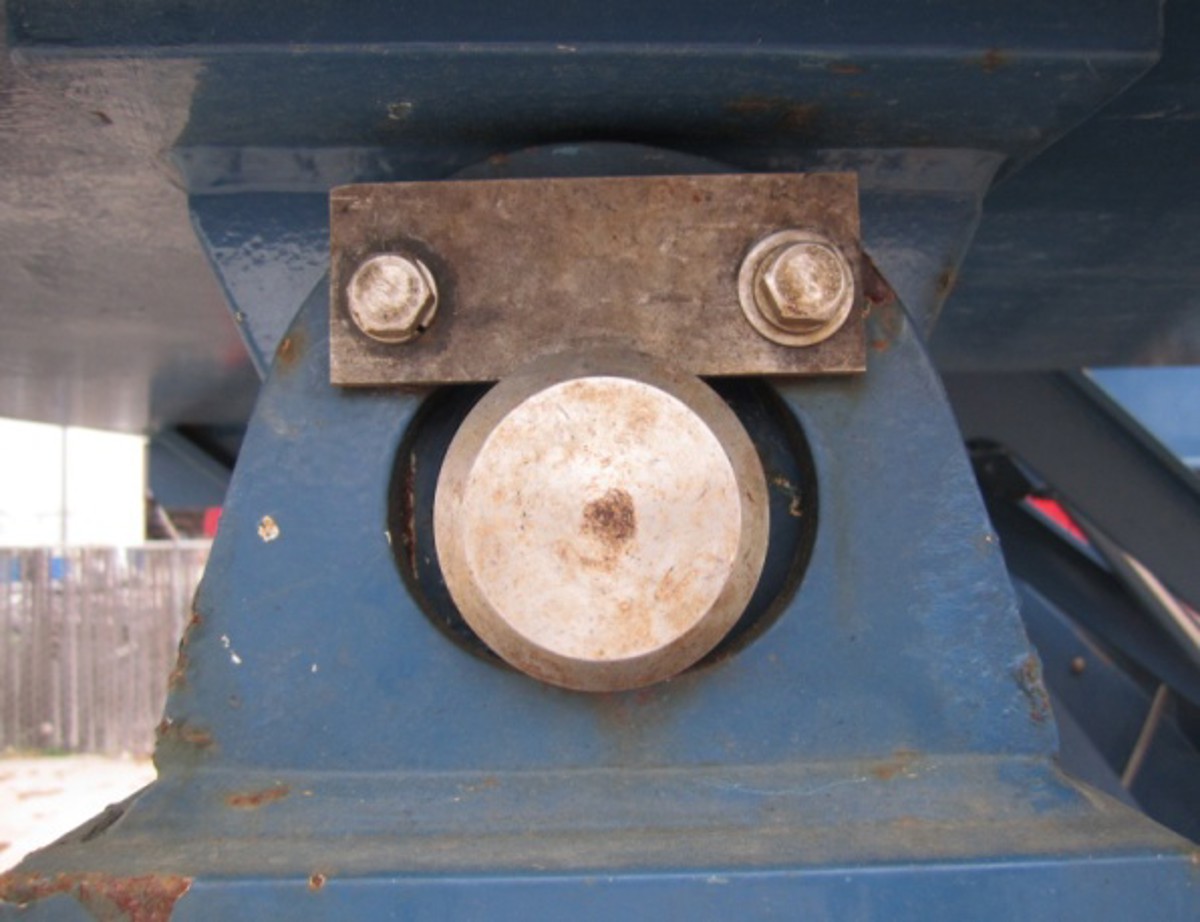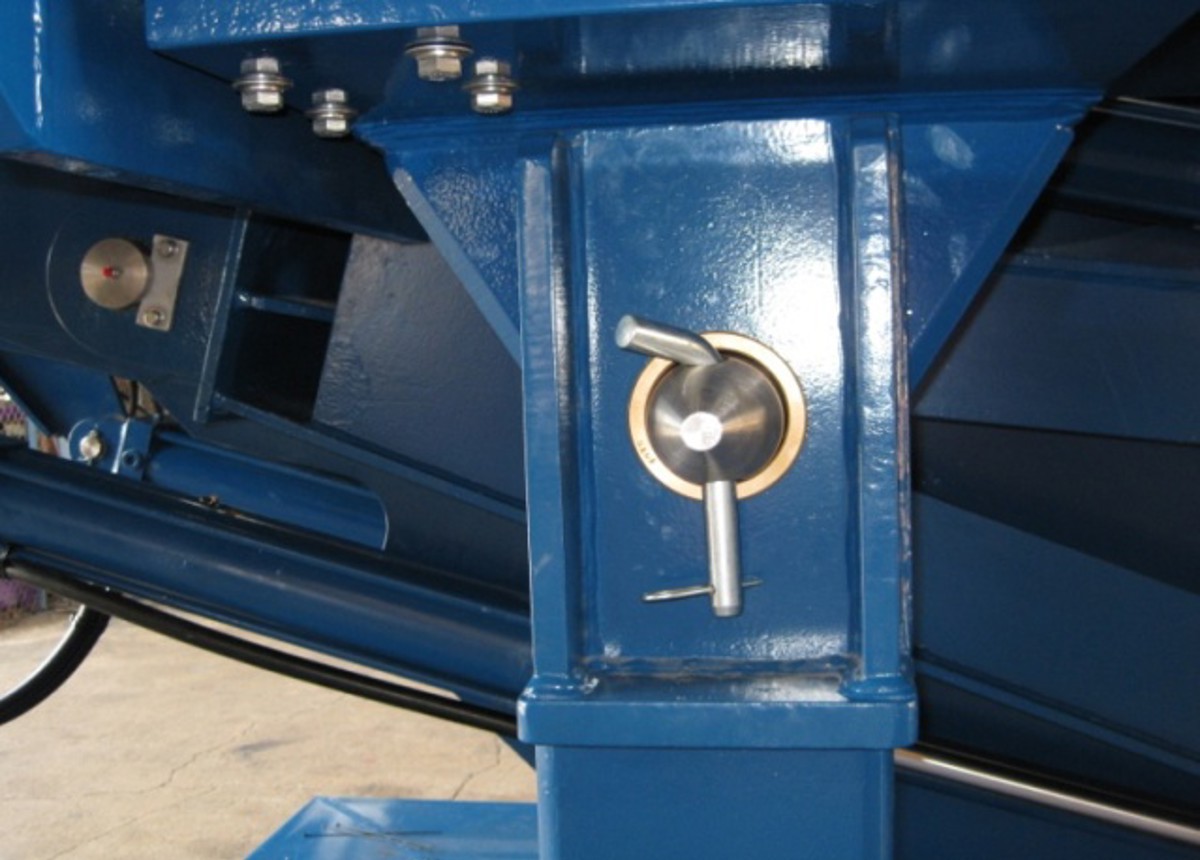Near-miss: security of equipment
- Safety Flash
- Published on 29 June 2011
- Generated on 27 December 2025
- IMCA SF 05/11
- 2 minute read
Jump to:
A Member has reported an incident in which an ROV launch and recovery system (LARS) arrived offshore with parts missing.
What happened?
The LARS arrived onboard the vessel without the pin connecting the left side (standing on the LARS looking outboard) transport post to the A-frame.
What were the causes?
Following investigation, it was learnt that the A-Frame lift post pin was in place when the new LARS system left the supplier, but was not in place when it arrived at our member’s storage facility.
The missing pin was identified during ‘routine’ inspection after the unit had been lifted and transported (twice), lifted and installed aboard the vessel.
For the pin to have been lost during transportation represents a high potential near miss for any vehicle (and passengers) who could have been struck by the pin falling from the moving transport vehicle.
Actions
Our member, in co-operation with the supplier, took immediate steps to ensure prevention of future incidents.
Additionally, our member is in the process of designing a lift post pin that will include a retaining pin.
In the meantime, Members are encouraged to conduct a careful inspection of all A-Frame lift post pins and verify that they are secure before equipment is lifted and transported.
IMCA Safety Flashes summarise key safety matters and incidents, allowing lessons to be more easily learnt for the benefit of the entire offshore industry.
The effectiveness of the IMCA Safety Flash system depends on the industry sharing information and so avoiding repeat incidents. Incidents are classified according to IOGP's Life Saving Rules.
All information is anonymised or sanitised, as appropriate, and warnings for graphic content included where possible.
IMCA makes every effort to ensure both the accuracy and reliability of the information shared, but is not be liable for any guidance and/or recommendation and/or statement herein contained.
The information contained in this document does not fulfil or replace any individual's or Member's legal, regulatory or other duties or obligations in respect of their operations. Individuals and Members remain solely responsible for the safe, lawful and proper conduct of their operations.
Share your safety incidents with IMCA online. Sign-up to receive Safety Flashes straight to your email.



